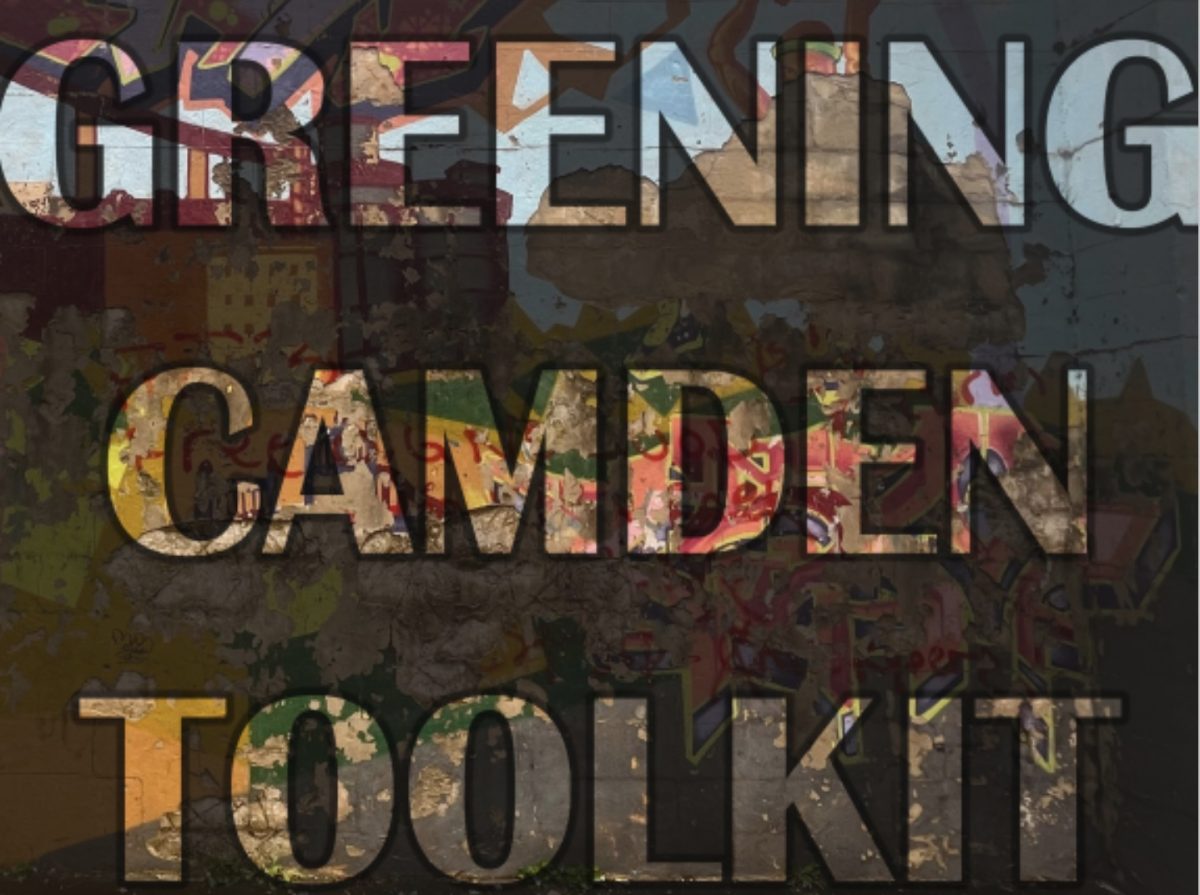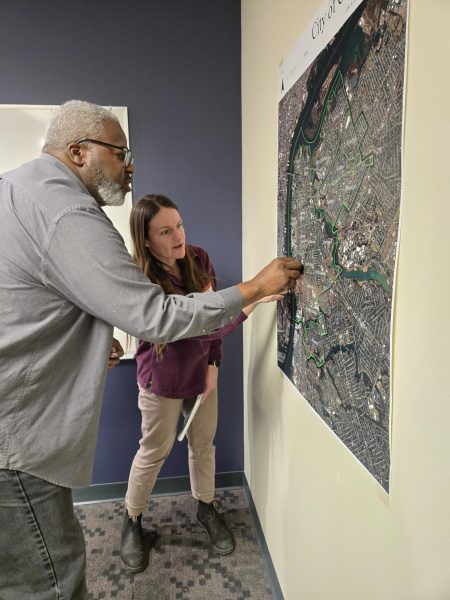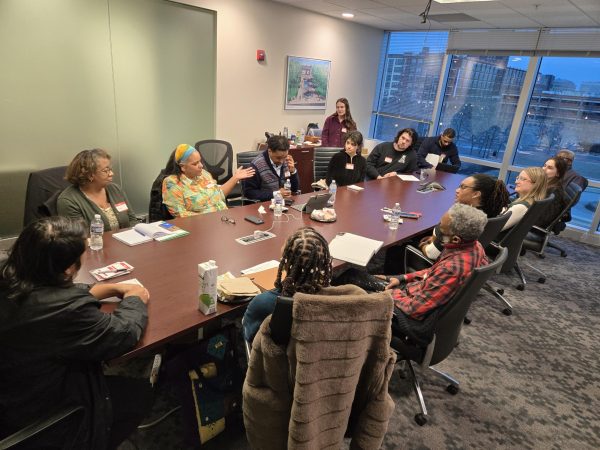
Breathe in and breathe out. Now think, how many pollutants did you just inhale?
Many people don’t have to worry about what’s in the air, but for citizens of Camden, New Jersey, it’s constantly on their minds.
Camden is currently facing an air quality crisis.
Camden’s air quality is ranked as ‘very unhealthy’ on the US Air Quality Index, just above ‘hazardous’.
But how did it get this bad?

Camden’s location on the Delaware River has made it a hub for trading and industry. This has led to high concentrations of highways and manufacturing facilities as well as a lack of green spaces. This combination created a heat island, which is detrimental to air quality.
This not only contributes to the rising climate change crisis, but it also severely impacts citizens’ health. Exposure to air with high pollutant levels causes increased risks of bronchitis, stroke, and certain cancers.
This is evident in Waterfront South, a Camden neighborhood that has significantly higher rates of cancer and respiratory conditions compared to surrounding areas.
Camden’s community deserves an environment that doesn’t work against them. Thankfully, innovative solutions are already underway.
Students at Rowan University’s Planning Studio collaborated with the university’s Community Planning + Visualization Lab, Camden Community Partnership, and Camden residents and other stakeholders to create the Greening Camden Toolkit.
This is a collection of comprehensive tools that can be utilized by Camden residents and local governance to understand the causes and impacts of air pollution. It also offers both short and long-term air quality improvement strategies that reflect how everyday actions and larger policy changes can work together.
At a community level, this toolkit offers practical short-term strategies.
For example, residents can make a difference by keeping houseplants, utilizing public transportation, and engaging in local greening projects.
One way the toolkit suggests to engage the community in sustainability and greening projects is through the MyCamden App. This app connects residents with each other and with community events, like tree-planting events or community cleanups.
These events improve public green spaces, reduce pollution, and educate the public on pollution and urban greening all the while engaging the community with environmental health.
At a governance level, this toolkit also provides policy-specific strategies that can be utilized in long-term reform. In fact, city officials have already adopted a Greening Camden strategy that reroutes heavy truck traffic, ultimately reducing PM emissions.

This, however, is only one of many strategies that local government can implement.
Take, for example, “Buy Back” programs. These programs buy or exchange outdated equipment for cleaner technology. This incentivizes residents and businesses to replace outdated equipment that can contribute to citywide emissions.
Additionally, the Greening Camden Toolkit highlights updating local policies on industrial fire safety standards and electronic waste disposal. This is particularly pertinent to Camden as there was a series of fires at the EMR Metal Recycling facility earlier this year that were directly caused by inappropriate electronic waste disposal.
The toolkit notes that many citizens have raised concerns over the vague language of current disposal policies and shown a desire for reform.
Additionally, the toolkit also highlights the importance of investing in air quality monitoring and research. Better data on local pollution would allow policy-makers to ensure new projects and policies are effective and efficient.
If adopted, these strategies combined have the potential to transform Camden. But Camden isn’t the only city that would benefit from this Toolkit.
The Greening Camden Toolkit, despite the name, isn’t just for Camden.
It’s for any city that’s experiencing an air quality crisis. But these strategies are only effective if residents, community organizations, and city leaders work together.
Ultimately, the Greening Camden Toolkit is more than just a list of strategies, it’s a call for collaboration. It shows that anyone can make a difference, and that every bit counts, from the smallest of succulents to the largest of reforms.
Nicole M. Abbott is a graduate student of Urban & Regional Planning in the Department of Geography, Planning, and Sustainability at Rowan University.